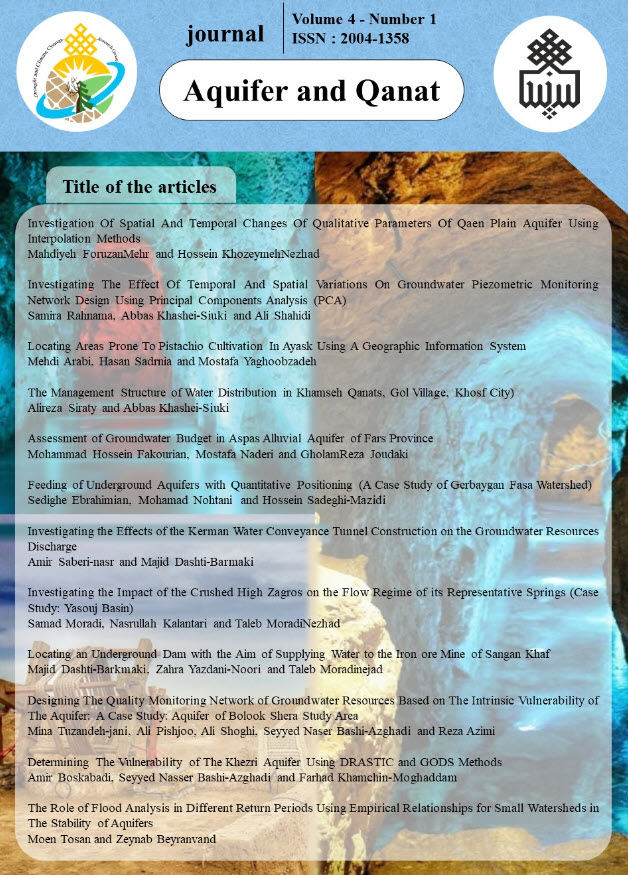Document Type : Original Article
Authors
1 Master Student of Irrigation and Drainage, Faculty of Agriculture, Urmia University, Urmia, Iran
2 Assistant Professor, Department of Water Engineering, Faculty of Agriculture, University of Tabriz, Tabriz, Iran
Abstract
Evaporation is considered as a key factor in hydrological, climatic, agricultural water management, irrigation planning, etc. studies. Evaporation is a complex and nonlinear phenomenon due to the interactions of various climatic factors. Therefore, advanced models such as experimental equations and artificial intelligence should be used to estimate evaporation. In recent years, experimental equations have been widely used to estimate evaporation. In this study, the performance of Gaussian process regression (GPR) and support vector machine regression (SVR) models in estimating the daily evaporation of Amol and Bam stations in the period 2020-2016 has been evaluated.Daily meteorological data on mean temperature, relative humidity, sunshine hours and wind speed were used as input of GPR and SVR models to estimate daily evaporation. In the present study, four combined scenarios of meteorological parameters were used to estimate evaporation. The results of the mentioned models showed that both GPR and SVR models have acceptable performance in estimating evaporation (correlation coefficient about 0.94). Also, according to the evaluations, it was found that the GPR model had a better performance than the SVR model (root mean square error of 1.56 and 1.62, respectively). In the present study, the PUK kernel was used due to its high accuracy, highest correlation coefficient and lowest error (0.94 and 0.84).
Keywords

